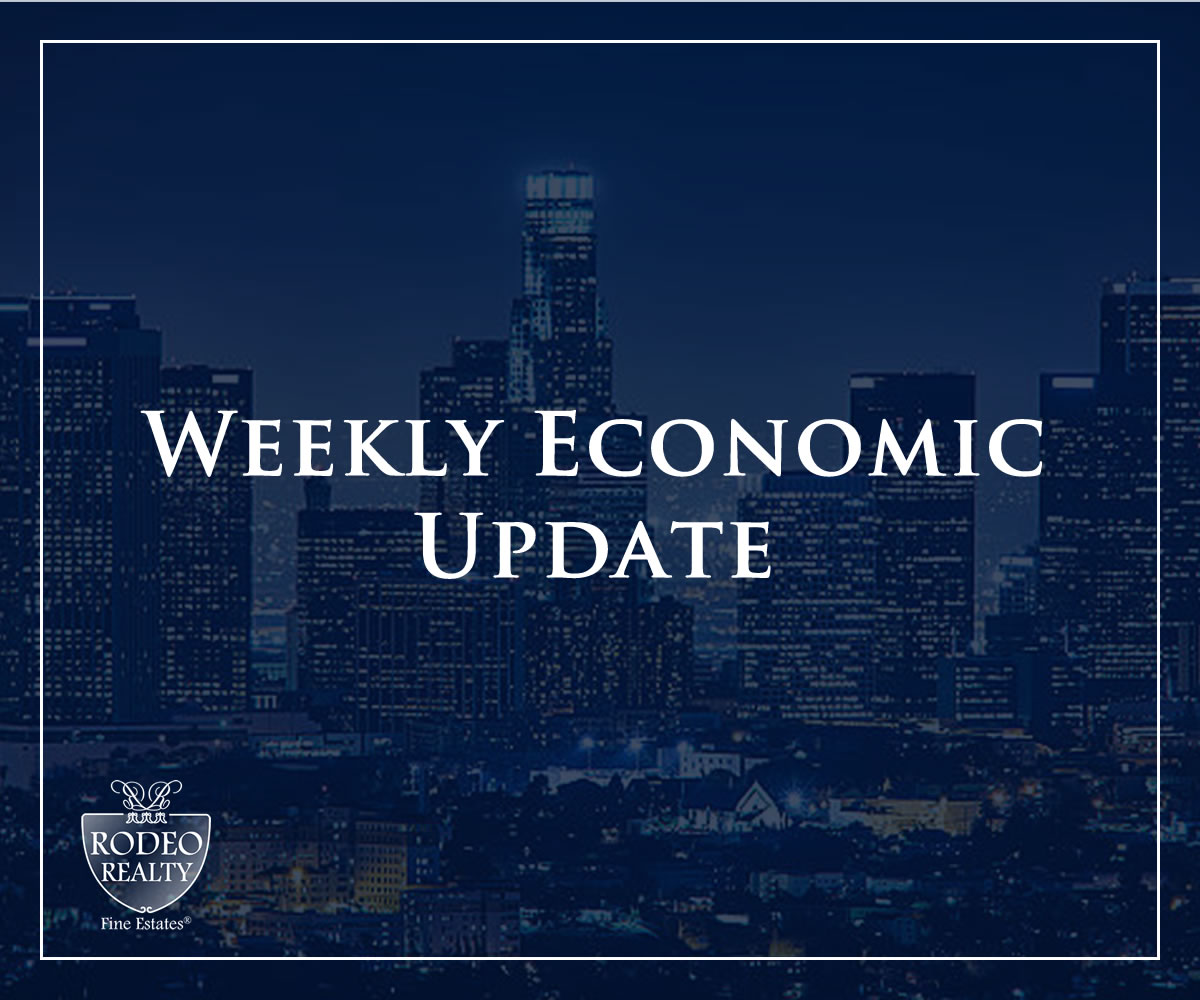Stock markets dropped this week – Stocks dropped, and bond yields rose after Fitch, one of the “big three” rating agencies downgraded the U.S. debt rating from AAA to AA+. That marked only the second downgrade of U.S. credit in history. Fitch cited political infighting and debt concerns. While that was mostly ignored by stock market investors, U.S. Treasury bond investors paid attention and bond yields rose to the highest levels of the year. Friday’s release of the July jobs report was a mixed bag. While new job gains moderated, the unemployment rate dropped to 3.5%, that’s near a 60-year low. The Dow Jones Industrial Average closed the week at 35,065.62, down 1.2% from 35,459.29 last week. It is up 5.8% year-to-date. The S&P 500 closed the week at 4,478.03, down 2.3% from 4,582.23 last week. It is up 16.6% year-to-date. The Nasdaq closed the week at 13,909.24, down 2.8% from 14,316.66 last week. It is up 32.9% year-to-date in our weekly economic update.
U.S. Treasury bond yields – The 10-year treasury bond closed the week yielding 4.05%, up from 3.96% last week. The 30-year treasury bond yield ended the week at 4.21%, up from 4.03% last week. We watch bond yields because mortgage rates follow bond yields.
Mortgage rates – The Freddie Mac Primary Mortgage Survey reported that mortgage rates for the most popular loan products as of August 3, 2023, were as follows: The 30-year fixed mortgage rate was 6.90%, up from 6.81% last week. The 15-year fixed was 6.25%, up from 6.11% last week.
To conclude our weekly economic update, Job growth slowed and unemployment dropped to near a 60-year low in July – The Department of Labor and Statistics reported that 187,000 new full-time jobs were added in July. That was below economists’ expectations of 200,000 new jobs. The unemployment rate fell to 3.5% in July, down from 3.6% in June. It’s at its lowest level in almost 60 years. Average hourly wages increased 4.4% from one year ago. The labor-force participation rate (the share of workers with a job or actively looking for a job) remained at 62.6% for the fifth consecutive month. It was 63.4% level before the pandemic.
